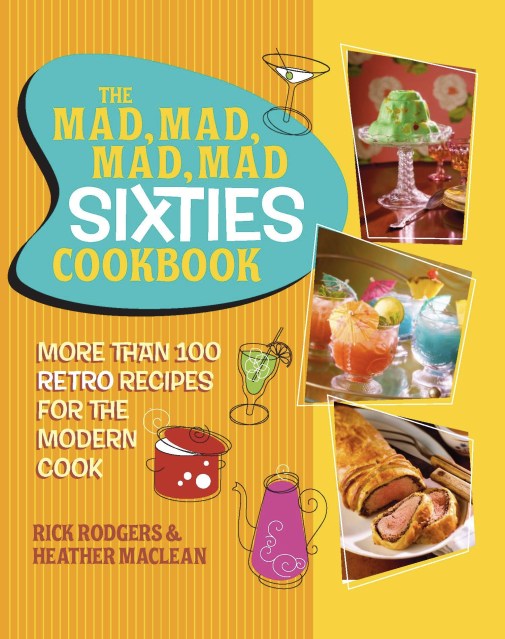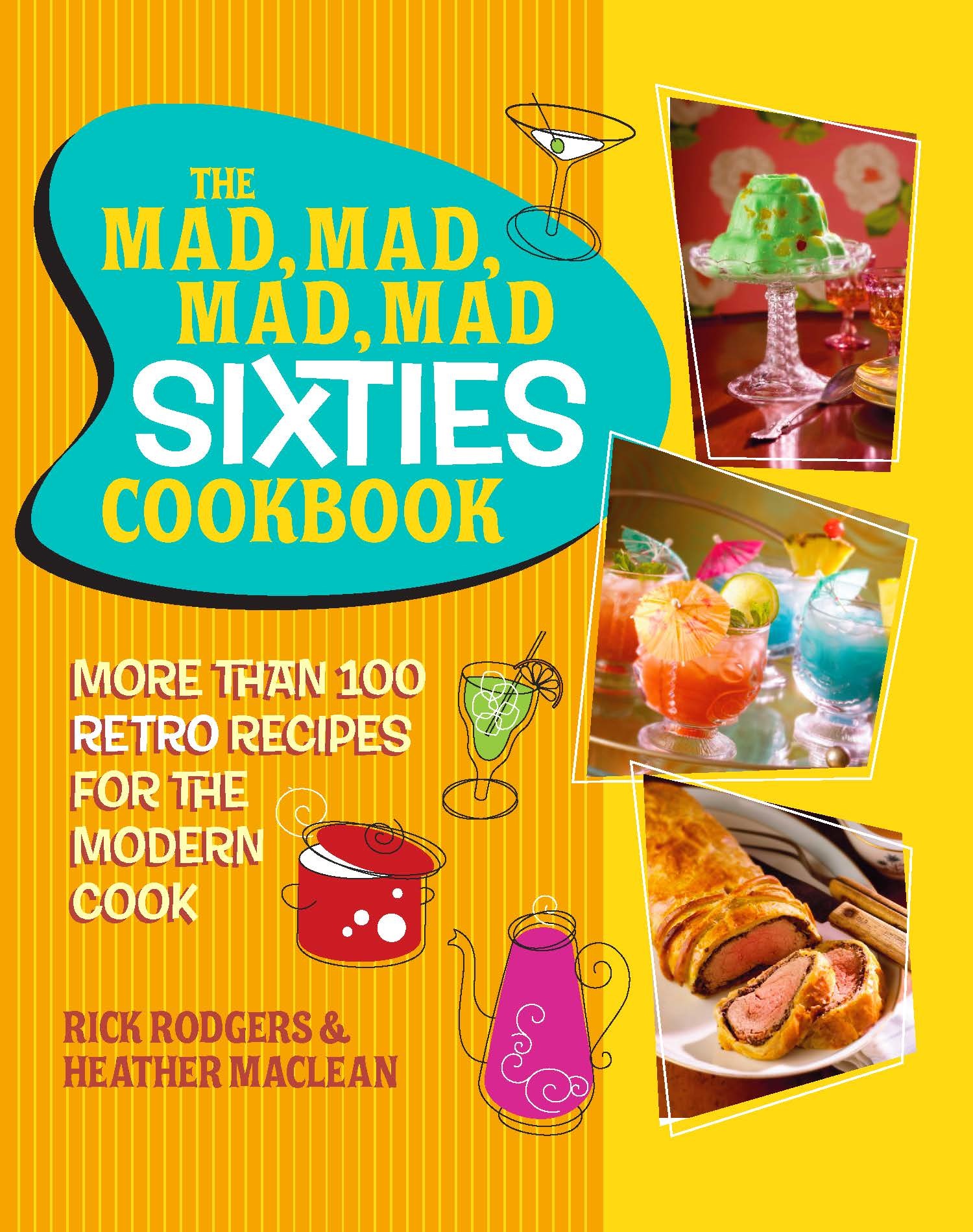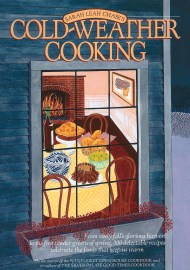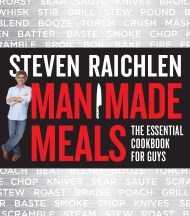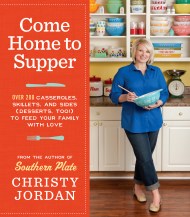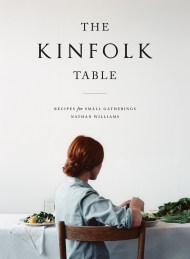Promotion
Use code MOM24 for 20% off site wide + free shipping over $45
The Mad, Mad, Mad, Mad Sixties Cookbook
More than 100 Retro Recipes for the Modern Cook
Contributors
By Rick Rodgers
By Heather Maclean
Formats and Prices
Price
$11.99Price
$15.99 CADFormat
Format:
ebook $11.99 $15.99 CADThis item is a preorder. Your payment method will be charged immediately, and the product is expected to ship on or around April 24, 2012. This date is subject to change due to shipping delays beyond our control.
Also available from:
Waldorf Salad
Sweet and Sour Meatballs
Beef Stroganoff
Steakhouse Creamed Spinach
Buttermilk Dinner Rolls
Cherries Jubilee
Daiquiri Lime and Gelatin Mold
Classic cocktails such as Blue Hawaiians, Brandy Alexanders, and Manhattans
And many more!
Each recipe is adapted for the modern palate, with less fat and healthier ingredients than in the originals (no more bacon fat as a kitchen staple!). Full-color photographs showcase the food, proving that retro cuisine can be sophisticated and delicious. The Sensational Sixties Cookbook will also provide tips on hosting the ultimate sixties soiree, complete with menus, music playlists, and table decorations. So grab a swizzle stick, put Bobby Darin on the turntable, and get cooking — sixties style!
Genre:
- On Sale
- Apr 24, 2012
- Page Count
- 256 pages
- Publisher
- Running Press
- ISBN-13
- 9780762445745
Newsletter Signup
By clicking ‘Sign Up,’ I acknowledge that I have read and agree to Hachette Book Group’s Privacy Policy and Terms of Use
